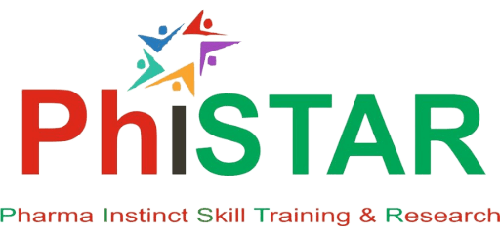
Looking at the need for randomized clinical trials
to ensure the safety and efficacy of new medical products and added indications, FDA released two separate draft guidance that will each help provide clarity for medical product companies, as well as other interested parties, on FDA’s current thinking and recommendations for a few different types of communications about medical products. These draft guidance are:
1. Drug and Device Manufacturer Communications With Payors, Formulary Committees, and Similar Entities – Questions and Answers:
This first draft guidance explains the FDA’s current thinking and recommendations on firms’ communication of health care economic information (HCEI) about approved drugs. It also answers common questions and provides the FDA’s recommendations regarding firms’ communications to payors about investigational drugs and devices that are not yet approved or cleared for any use.
Payors include formulary committees, or other similar entities with knowledge and expertise in the area of health care economic analysis that is responsible for making drug selection, formulary management, and/or coverage and reimbursement decisions on a population basis regarding drugs and/or devices for health care organizations, which may include entities such as integrated health care delivery networks, hospitals, and hospital systems.
FDA is aware that payors seek a range of information on the effectiveness, safety, and cost-effectiveness of approved drugs, including information from firms, to help support their drug selection, formulary management, and/or coverage and reimbursement decisions on a population basis.
Because coverage and reimbursement decisions by payors impact a large number of patients, FDA believes it is essential that HCEI provided by firms to payors about their approved drugs be truthful and non-misleading.
2. Medical Product Communications That Are Consistent With the FDA-Required Labeling —
Questions and Answers:
This second draft guidance explains the FDA’s current thinking about firms’ medical product communications that include data and information that are not contained in their products’ FDA-required labeling, but that concern the approved or cleared uses of their products.
This draft guidance provides information for manufacturers, packers, and distributors and their representatives (collectively “firms”) of drugs and medical devices for humans, including those that are licensed as biological products, and animal drugs (collectively “medical products”), about how FDA evaluates their medical product communications, including their promotional materials, that present information that is not contained in the FDA-required labeling for the product but that may be consistent with the FDA-required labeling for the product.
FDA determines whether a medical product is safe and effective for use under the conditions prescribed, recommended, or suggested in the proposed labeling submitted to FDA with the product’s marketing application or submission. In making this determination, FDA evaluates whether the conditions of use in the proposed labeling are supported by the required levels and types of evidence of safety and effectiveness and whether the benefits of using the product under those specific conditions of use outweigh the risks of the product.
After FDA approves or clears a medical product, the FDA-required labeling sets forth the conditions of use under which the product has been shown to meet the relevant standard for marketing and it provides directions and information on how to use the product safely and effectively under those conditions.
Even if communication is consistent with the FDA-required labeling, the representations or suggestions made about the product would misbrand the product and could subject firms to enforcement action if the representations or suggestions are false or misleading. Accordingly, the draft guidance both describes the FDA’s thinking on the types of information that are consistent with the FDA-required labeling and provides general recommendations for how this information can be conveyed in a truthful and non-misleading way.


